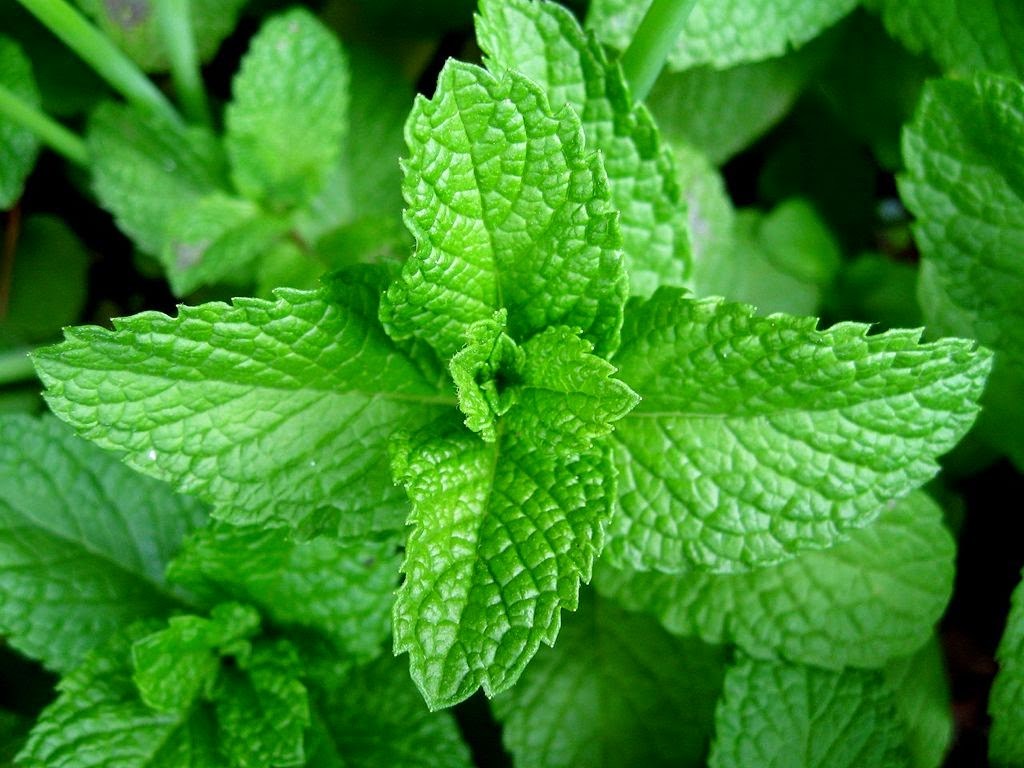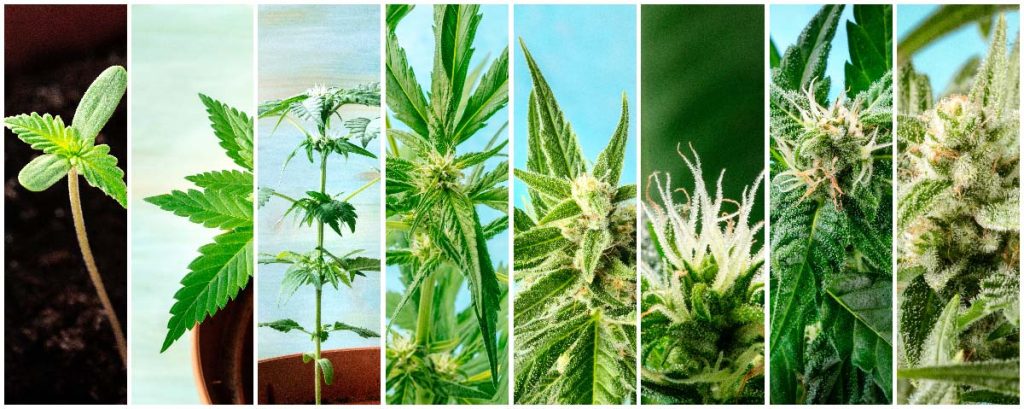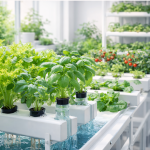If you’re anything like us, you’ve probably wondered what scents are made of and where they come from. In this blog post, we will explore the matter of scent leaves and how you can use them to create better aromas in your home and How to Plant Scent Leaf? From understanding the different scent leaves to learning how to plant them correctly, read on to learn all you need to know about creating a pleasing fragrance in your home.
What is a Scent Leaf?

Scent Leaf, also known as Spruce-Fir-Thuja (Thuja occidentalis), is an evergreen tree that grows in the United States and Canada. The bark is red, gray, or black, and the leaves are opposite, simple, serrated, and measure 3–14 cm long. The flowers are white and borne on long peduncles. Scent Leaf is used for its strong fragrance reminiscent of pine or fir trees. The oil extracted from the tree is used in perfumes, soaps, and cosmetics.
The Different Types of Scent Leaf Plants
There are a few different types of scent leaf plants, each with a unique smell. Scent leaf plants are annuals or perennials that grow tall and have narrow leaves covered in small, fragrant flowers. Some common scent leaf plants include jasmine, lavender, and lemon verbena.
To plant a scent leaf plant, you must find a sunny spot in your garden and fill a pot with fresh soil. Add the desired soil to the pot and spread the plant’s roots. Water the plant well and then place it in the sun.
To get the best results from your scent leaf plant, it is essential to keep it watered and fertilized regularly. Once the foliage turns yellow or brown, it is time to cut back on watering and fertilization until winter arrives.
Another type of scent leaf plant is the essential oil plant. These plants are typically challenging to grow, but they produce large quantities of essential oils that can be used in various ways. Some common essential oil plants include lavender, peppermint, and lemon balm.
To plant an essential oil plant, you must find a sunny garden spot and fill a pot with fresh soil. Add the desired soil to the pot and spread out the plant’s roots. Water the plant well and then place it in the sun.
To get the best results from your essential oil plant, it is crucial to regularly keep it watered and fertilized. Once the foliage turns yellow or brown, it is time to cut back on watering and fertilization until winter arrives.
How to Plant Scent Leaf?
Scent leaf plants are popular among gardeners because they produce a strong smell from the flowers. The plants are easy to grow and require little maintenance. You will need to provide some exposure to sunlight, but other than that, these plants are very forgiving.
To plant a scent leaf plant, you will need the following:
-A pot that is at least 12 inches wide and 12 inches deep
-Soil mix prepared specifically for growing scent leaf plants
-A soil light or fluorescent grow light
-Watering can
-Peat moss or sphagnum moss (for growing in wet soils)
-Potting mix
-Shovel or hoe
-Garden trowel or spade
-Container of freshwater
-Fertilizer supplements such as fish emulsion, blood meal, potassium citrate, etc., according to the needs of the specific species of scent leaf you are planting.
How to Harvest Scent Leaf

If you are looking to add a touch of scent to your garden or landscape, you’ll want to consider planting scent leaf. This succulent is easy to grow and can be propagated by root cuttings or stem cuttings taken from a healthy plant. Once established, scent leaf will reward you with fragrant leaves that can be used in natural remedies or bouquets. Here’s how to harvest scent leaf:
First, identify the desired variety of scent leaf and purchase plants from a reliable source. Make sure the plants are healthy and free of pests.
Once you have your plants, remove any dead or diseased foliage. This will help to promote healthy growth and a strong scent.
Next, cut the scent leaf leaves from the stems using a sharp knife. Be sure to cut close to the base of the leaf, so you receive as much of the plant’s scent as possible.
Let the leaves naturally dry for a few days before storing them in a jar or container.
Next, prepare the planting site by preparing soil containing organic matter and fertility. Add plenty of organic mulch to protect the plants from frost and wind.
Place the new plants into the prepared area and water them well. Gently smooth the soil around each plant before adding a few inches of organic mulch. Water regularly during this initial growing phase until roots become established. Fertilize at least every three months with an all-purpose fertilizer solution made for succulents or high-nitrogen fertilizers if available in your area.
What to do with Scented Leaves After Harvesting
After harvesting your scented leaves, you will want to prepare them for planting. You can either dry the leaves or compost them.
Drying: To dry the leaves, spread them out on a baking sheet and bake in a preheated oven at 100 degrees for 12-24 hours. Make sure to turn the leaves over once during baking. Once dried, the leaves will be crumbly and easy to store.
Composting: First, remove any large stems or branches if you want to compost the leaves. Then place the leaves in a pile and cover it with soil or garden compost. Turn the pile every few days until it is fully composted.
Final Words
Once the leaves are prepared, you can plant them in your garden or bouquet later this fall.
Thank you for reading! I hope this article has given you some tips on using scented leaves in your garden. Please let me know in the comments below if you have any questions.





